6 Must-Have Raw Materials for Soap Making

Author: Tommy Tang | Founder at Ridgepole
Hi, I'm Tommy Tang, here to share my expertise in skincare with you.
Table of Contents
One bad ingredient can ruin an entire batch of soap. I’ve seen it happen. A brand I worked with once picked a low-quality oil for cost savings. The soap turned rancid within weeks. Customers complained and the entire batch had to be thrown away.
That’s why I take ingredient selection seriously.
As someone who has worked in skincare product development, I’ve learned what works and what doesn’t. Some materials extend shelf life, improve lather, and create the perfect texture. While others lead to quick failures.
This article walks you through 6 must-have raw materials for soap making. You’ll learn what each does, why it matters, and how to choose based on your formulation needs. By the end, you’ll have the tools to have high-quality soap that lasts.
Let’s start!
1. Base Oils and Fats – The Foundation of Soap Making
The base oils and fats in your formula shape the final soap’s texture, lather, and moisturizing properties. Choosing the right ones is key to making a high-quality product. So, how do you decide which oils work best for your formulation?
Let’s break it down.
Vegetable Oils
Many skincare brands prefer vegetable oils because they offer a balance of cleansing, lathering, and conditioning.
- Olive Oil – A gentle, moisturizing oil that creates a creamy lather. Ideal for sensitive skin formulations.
- Coconut Oil – Hardens soap and boosts lather. Too much can be drying, so it’s often blended with other oils.
- Palm Oil (RSPO Certified) – Adds firmness and stability. Due to environmental concerns, some brands opt for babassu oil as an alternative.
- Castor Oil – Enhances lather and provides a conditioning feel. Works well in small amounts.
- Shea Butter – Adds richness and hydration. Often used in luxury formulations.
- Avocado Oil – Packed with vitamins, making it great for dry or sensitive skin.
- Jojoba Oil – Similar to the skin’s natural oils. Used in high-end and specialty soaps.
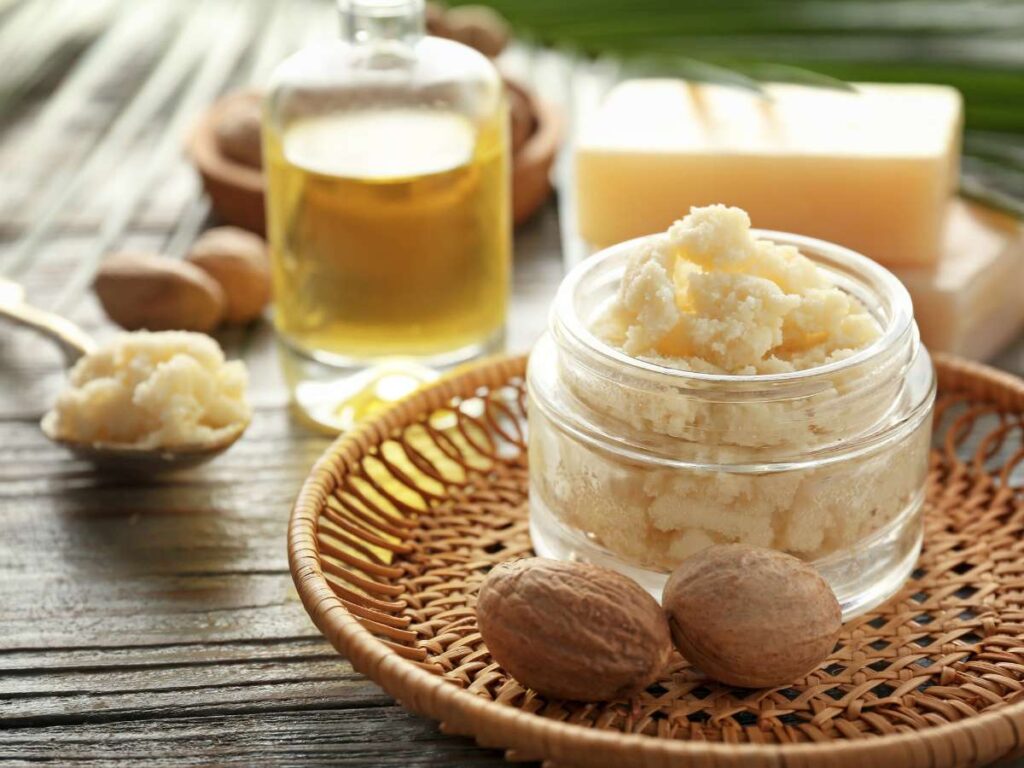
Animal Fats
Before plant-based oils gained popularity, animal fats were the standard in soap making. They still play an important role today.
- Beef Tallow – Produces a firm, long-lasting bar with a rich, stable lather.
- Lard (Pork Fat) – Creates a creamy, mild lather. It’s also one of the most cost-effective fats used in traditional soap making.
The right combination depends on your brand’s goals, whether that’s sustainability, lather quality, or moisturizing benefits.
2. Alkalis – Saponification
Soap doesn’t happen without alkalis. They react with fats and oils through saponification, the chemical process that transforms liquid oils into a solid or soft soap. Without the right alkali, you’d just have a mix of greasy ingredients that never turn into a usable product.
But which alkali do you need? That depends on the type of soap you’re making.
Sodium Hydroxide (NaOH) – For Bar Soap
If you’re making bar soap, sodium hydroxide (NaOH) is essential. It’s the ingredient that hardens the oils into a bar that holds its shape. Every traditional bar soap, from cold-process bars to mass-produced commercial soaps, uses NaOH.
I still remember my first time working with sodium hydroxide. I was overly cautious, double-gloving and standing 3 feet away while mixing. Turns out, that’s not a bad approach. NaOH is caustic and can burn your skin, so manufacturers always wear gloves and goggles when handling it.
Here’s how it works:
- Cold-process soap cures over weeks as the reaction happens slowly.
- Hot-process soap speeds things up by adding heat, making it usable in a day or two.
Potassium Hydroxide (KOH) – For Liquid Soap
For liquid and soft soaps, you’ll need potassium hydroxide (KOH) instead. Unlike NaOH, KOH creates a softer, more gel-like consistency. That’s why it’s used for body washes, shampoos, and liquid hand soaps.
The choice between NaOH and KOH shapes your final product.
Solid bars? Stick with sodium hydroxide.
A smooth, pourable soap? Go with potassium hydroxide.
Either way, soap making starts here. With the right alkali and a safe, careful approach.
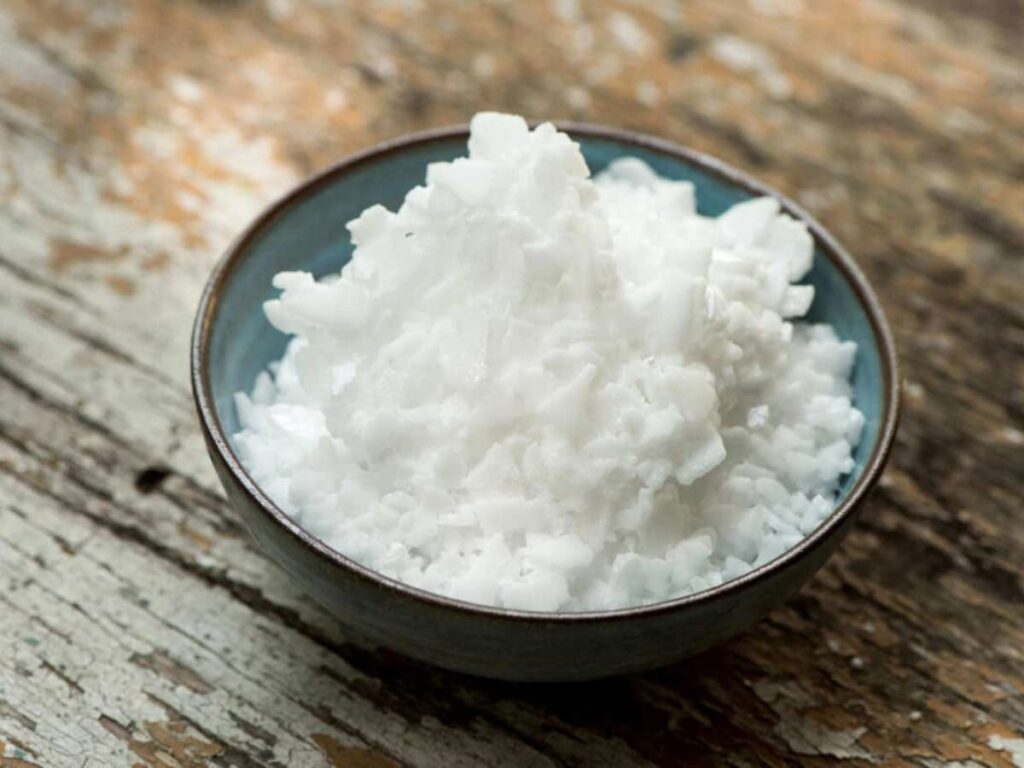
3. Additives for Skin Benefits and Performance
A good soap cleanses. A great soap does more.
The right additives can boost hydration, exfoliate dead skin, and even enhance the soap’s appearance. But which ones should you use?
That depends on the experience you want your soap to provide. Let’s look at the most effective options:
Moisturizers & Humectants – Hydration Boosters
Soaps can strip the skin’s natural oils. That’s why moisturizers and humectants are essential because they help the skin retain water and stay soft.
- Glycerin – Naturally formed during saponification, it draws moisture into the skin, preventing dryness. Many commercial soaps remove glycerin to sell separately, but keeping it in makes a more nourishing bar.
- Aloe Vera Gel – Known for its soothing properties, it hydrates and calms irritated skin. Perfect for gentle, skin-friendly formulations.
- Honey – A natural humectant, meaning it attracts and locks in moisture. It also adds a slight natural sweetness to the scent.
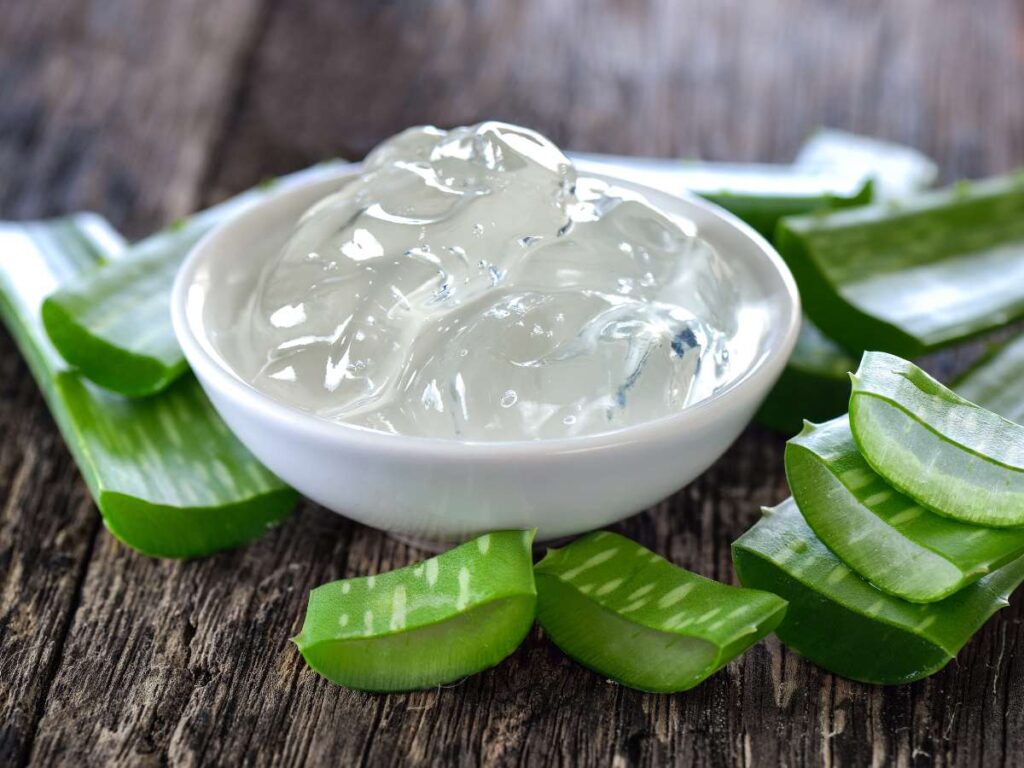
Exfoliants – Texture and Scrub Power
Exfoliants remove dead skin cells and improve soap texture. Some are gentle, while others provide a deep scrub.
- Ground Oatmeal – A mild exfoliant that’s great for sensitive skin. It also helps soothe irritation.
- Poppy Seeds – Add a light scrubbing effect and visual appeal to soap bars.
- Coffee Grounds – Strong exfoliation plus a natural deodorizing effect. Great for kitchen soaps.
- Charcoal Powder – Deep-cleansing and detoxifying, ideal for oily or acne-prone skin.
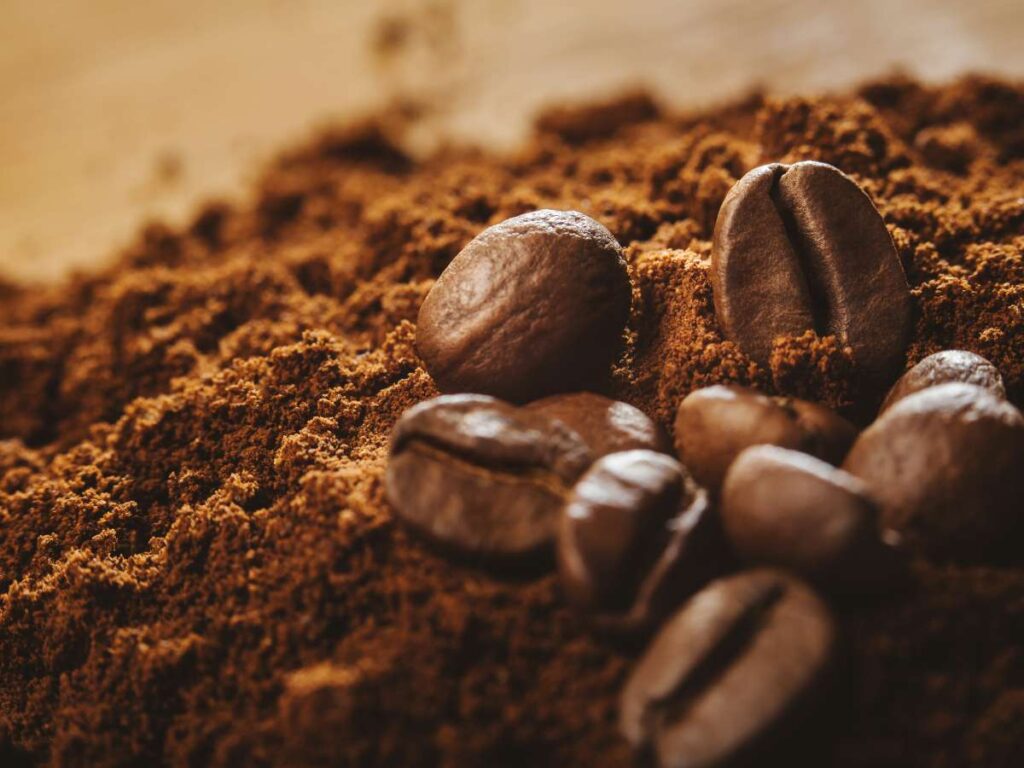
Clays & Natural Colorants – Function and Aesthetic
Clays and plant-based colorants don’t just add color, they also affect skin benefits.
- Kaolin Clay – Gentle and smooth, it absorbs dirt without over-drying.
- French Green Clay – Soaks up excess oil, making it perfect for oily skin formulations.
- Activated Charcoal – Detoxifying, adds a striking black color.
- Turmeric Powder – Naturally anti-inflammatory and imparts a warm golden hue.
Choosing additives depends on your formula’s goal, moisturizing, deep-cleaning, exfoliating, or a mix of all 3. The right combination can turn a basic soap into a premium skincare product.
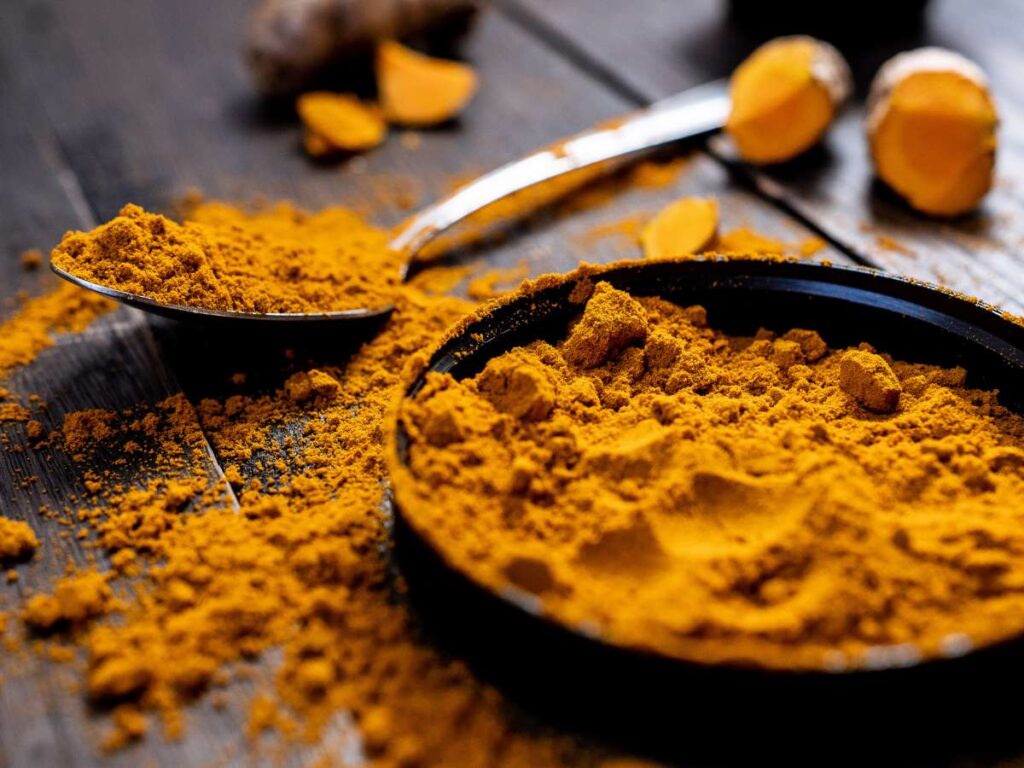
4. Natural & Synthetic Fragrances – Adding Scent Appeal
Scent is one of the first things people notice about soap.
It creates an experience that can also define your brand’s identity. But not all fragrances are the same.
You’ll need to decide between essential oils and synthetic fragrance oils.
Essential Oils – Natural Fragrances
Essential oils are plant-derived and offer both scent and skin benefits. However, they can be expensive and may fade faster than synthetic alternatives.
- Lavender Oil – A classic. Known for its calming scent and skin-soothing properties.
- Tea Tree Oil – Antibacterial and often used in acne-fighting soaps.
- Citrus Oils (Lemon, Orange, Bergamot) – Refreshing and energizing. However, they can make skin more sensitive to sunlight.
- Eucalyptus & Peppermint – Cooling and invigorating. These are great for wake-up or post-workout soaps.
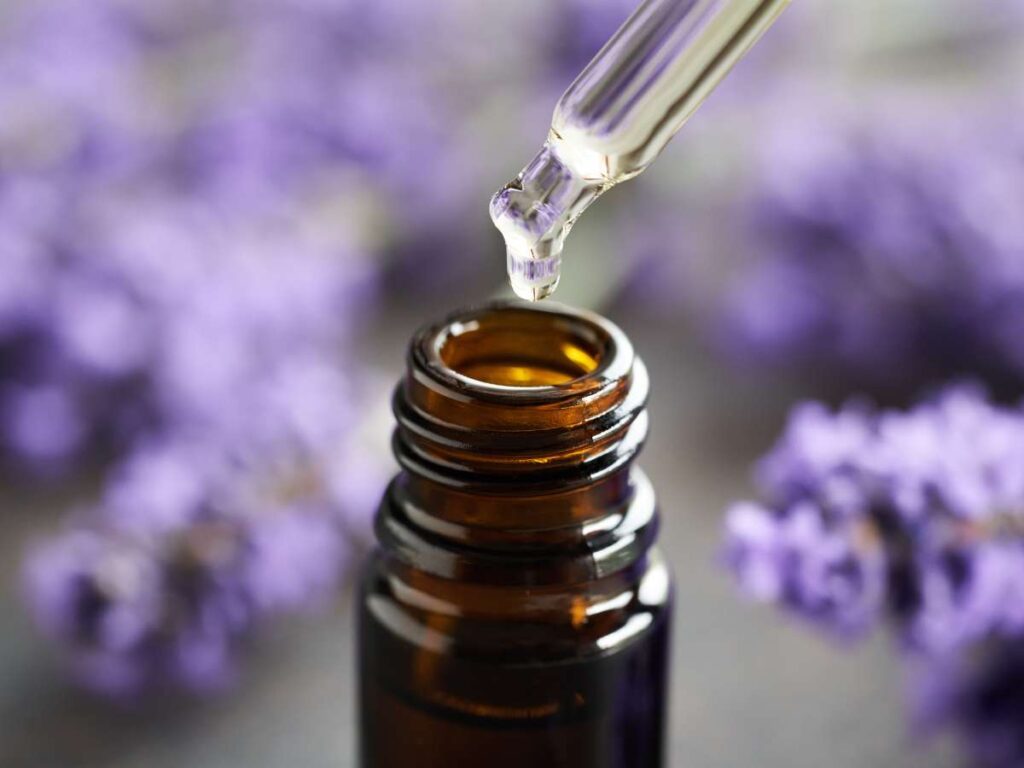
Synthetic Fragrance Oils – Long-Lasting and Cost-Effective
Fragrance oils are lab-made scents that last longer than essential oils. They come in a wide range of options that allow brands to create signature scents that aren’t found in nature.
Popular synthetic fragrance choices include:
- Floral Scents – Rose, Jasmine, Lily of the Valley. Perfect for elegant or romantic soap lines.
- Fruity Scents – Apple, Strawberry, Mango, Pineapple. Adds a fresh, playful vibe.
- Gourmand Scents – Vanilla, Caramel, Chocolate, Coconut. Ideal for warm, comforting fragrances.
- Fresh & Clean Scents – Ocean Breeze, Rain, Cotton, Cucumber Melon. Great for soaps that evoke freshness.
- Woodsy & Earthy Scents – Sandalwood, Cedarwood, Amber, Patchouli. Works well in masculine or unisex products.
- Spicy & Warm Scents – Cinnamon, Clove, Ginger, Nutmeg. Adds a cozy, rich depth.
However, some synthetic fragrances contain allergens or artificial chemicals that may irritate sensitive skin.
Pros:
- Cost-effective
- More scent variety
- Longer-lasting fragrance
Cons:
- May contain synthetic ingredients that irritate skin
- Lacks the natural benefits of essential oils
Before using synthetic fragrances, always check the IFRA (International Fragrance Association) guidelines for safe usage rates.
5. Preservatives
Preservatives keep soap safe and stable by preventing mold and bacteria from growing. But are they always necessary? Not all soaps need them. The type of formulation you create will determine whether a preservative is required.
When are preservatives necessary?
Not every soap needs a preservative.
Traditional cold-process and hot-process soaps typically don’t require them because they have a low water content and a high pH that naturally inhibits bacterial growth.
However, if your formula includes fresh ingredients or extra moisture, you’ll need a preservative. Some high-risk additives include:
- Milk-based ingredients – Goat milk, coconut milk, yogurt
- Fruit and vegetable purees – Banana, cucumber, pumpkin
- Aloe vera gel – Adds hydration but increases bacterial risk
Without a preservative, these ingredients can spoil quickly, leading to mold, discoloration, and unpleasant odors.
If you need a preservative, you’ll have 2 main options:
Natural Preservatives (Plant-based alternatives)
- Rosemary Extract – Helps slow oxidation and prolong shelf life.
- Grapefruit Seed Extract – Has antimicrobial properties but is less effective for long-term protection.
Synthetic Preservatives (Stronger and widely used)
- Phenoxyethanol – Common in cosmetics, offers broad-spectrum protection.
- Germall Plus – Often used in lotions but can work in soap formulations too.
If your soap contains only oils, alkalis, and essential additives, you likely don’t need a preservative. But if you’re working with fresh or high-moisture ingredients, adding one will keep your product safe and effective for longer.
6. Specialty Ingredients
Some soaps stand out with luxurious textures, soothing botanicals, or innovative skincare benefits. Specialty ingredients can add these unique qualities, making a bar of soap more than just a cleanser.
Let’s explore a few that can take your formula to the next level:
Milk-Based Soaps
Milk in soap isn’t new. It’s been used for centuries to add richness and moisture.
- Goat Milk – A popular choice for handcrafted soaps. It contains natural fats, proteins, and vitamins that nourish and soften the skin. The creamy lather feels luxurious and helps soothe dryness.
- Coconut Milk – A vegan-friendly alternative with similar moisturizing benefits. It also enhances lather, creating a silky, indulgent feel.
Herbal Infusions & Botanical Extracts
Adding herbs and flowers can boost both skin benefits and visual appeal.
- Chamomile Extract – Known for its calming and anti-inflammatory properties. Great for sensitive skin formulations.
- Calendula Petals – These bright orange petals aren’t just pretty. They have skin-soothing effects and can help reduce irritation.
Probiotics & Fermented Ingredients
Probiotics aren’t just for gut health. They’re now making their way into skincare, including soaps.
- Yogurt Powder – Adds lactic acid, which gently exfoliates and hydrates the skin. It also improves lather quality.
- Kombucha Extract – A fermented tea extract that’s said to help balance the skin’s microbiome. Some brands use it in soap for its potential anti-inflammatory and skin-rejuvenating effects.
Conclusion
Every ingredient plays a role in soap making. Base oils and fats determine texture and lather. Alkalis trigger saponification. Additives enhance skin benefits. Fragrances create a sensory experience. And for some formulations, preservatives and specialty ingredients make all the difference.
But what matters most? Quality, sustainability, and customer needs. A well-balanced formula leads to a better product and a stronger brand.
What’s next?
- Test different formulations.
- Experiment with new ingredients.
- Work with a reliable manufacturer.
The right choices set your soap apart.
Looking for a manufacturer who understands your formulation goals? We specialize in high-quality soap production. Contact us today!
Explore More Helpful Resources
Want to see more? We’ve gathered additional product choices to give you even more variety:
Still haven’t found what you’re looking for? Don’t hesitate to contact us. We’re available around the clock to assist you.
Quick Quote
Own Your Private Label Cosmetic Line Is No Longer Difficult Here!





